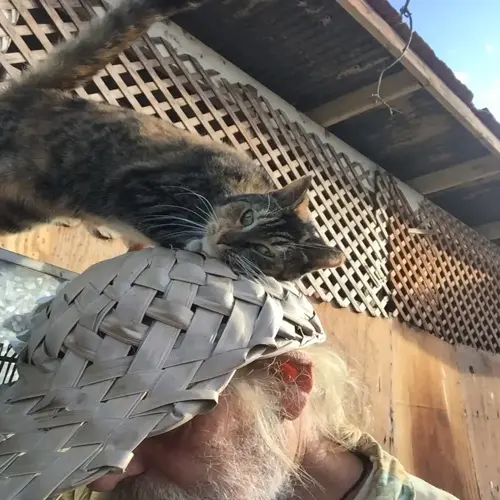Should I cover the carrier during travel?

Written by
Victoria Hayes
Reviewed by
Prof. Edward Clarke, Ph.D.Covering carriers during transportation drastically reduces feline stress levels by creating a den-like environment. This technique helps block overwhelming visual stimuli that can produce panic. The fabrics used to cover these carriers, of course, must be breathable, allowing for air circulation to ensure comfort and drying. Never cover carriers without considering ventilation needs.
Material Selection
- Choose lightweight cotton or linen fabrics for maximum breathability
- Avoid synthetic materials that trap heat and restrict airflow
- Test fabric transparency by breathing through it before use
- Ensure material covers sides completely while leaving front mesh visible
Ventilation Management
- Maintain 1-inch clearance around all ventilation panels
- Never cover mesh areas exceeding 20% of surface area
- Check airflow every 30 minutes during travel
- Use magnetic clips instead of tight elastic bands
Cover Removal Protocol
- Immediately uncover if panting or drooling occurs
- Check paw pads for sweating during warm weather
- Remove covers completely when temperatures exceed 75°F (24°C)
- Always uncover before carrier openings
Covering the carrier transforms travel for anxious cats. It restricts their visual access to unfamiliar or passing scenery, causing paralysis due to overstimulation. The enclosed area mimics natural hiding spaces that cats gravitate to when frightened. This security prevents the cat from making destructive escape attempts during its travel.
Monitoring temperature helps prevent dangerous overheating. If a carrier is covered, place digital thermometers inside it. The safe range is recommended between 65-75°F (18-24°C). If carriers are screened with reflective covers on a sunny window, they may remain slightly cooler. Never leave covered carriers unattended in vehicles, even for a minute.
Special situations are achieved through modification. For air travel, use carrier-approved partial covers. When at the vet call, remove the covers in the waiting area for acclimatization if necessary. For kittens, use covers only where the kitten has total visibility until they have adjusted to the carrier use. Always prioritize safety over coverage.
Sound covering technique results in quieter rides. I always carry covers of different materials for varying conditions. Experiment with different fabrics until you find your cat's preference. Watch your cat's breathing for its comfort. Your attention assures that the covering protects rather than harms.
Read the full article: Choosing the Right Cat Carrier Size Guide

